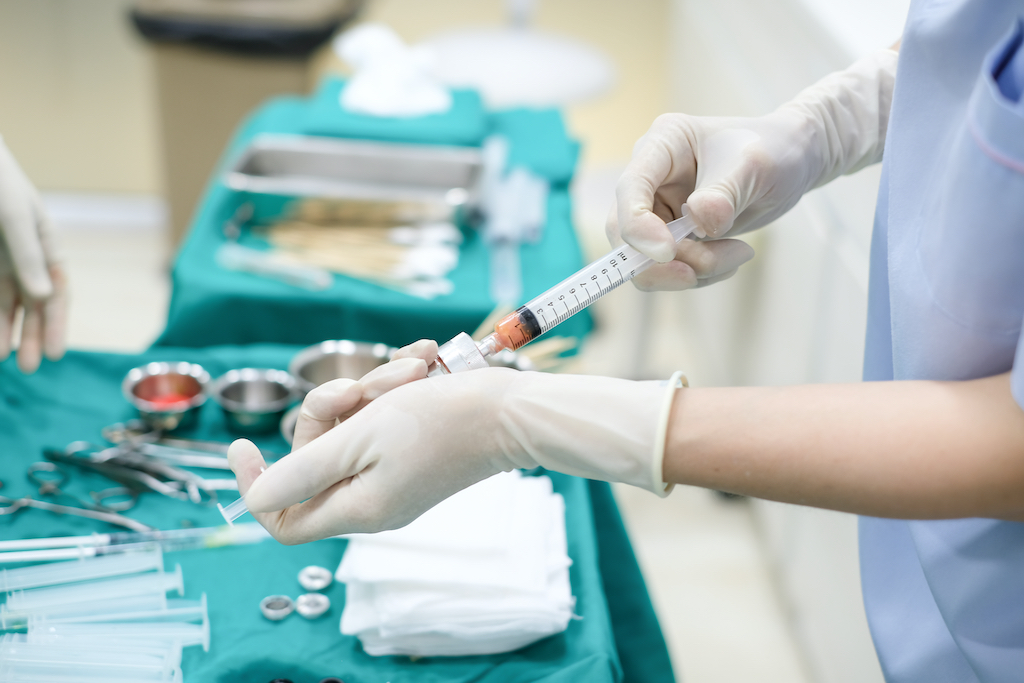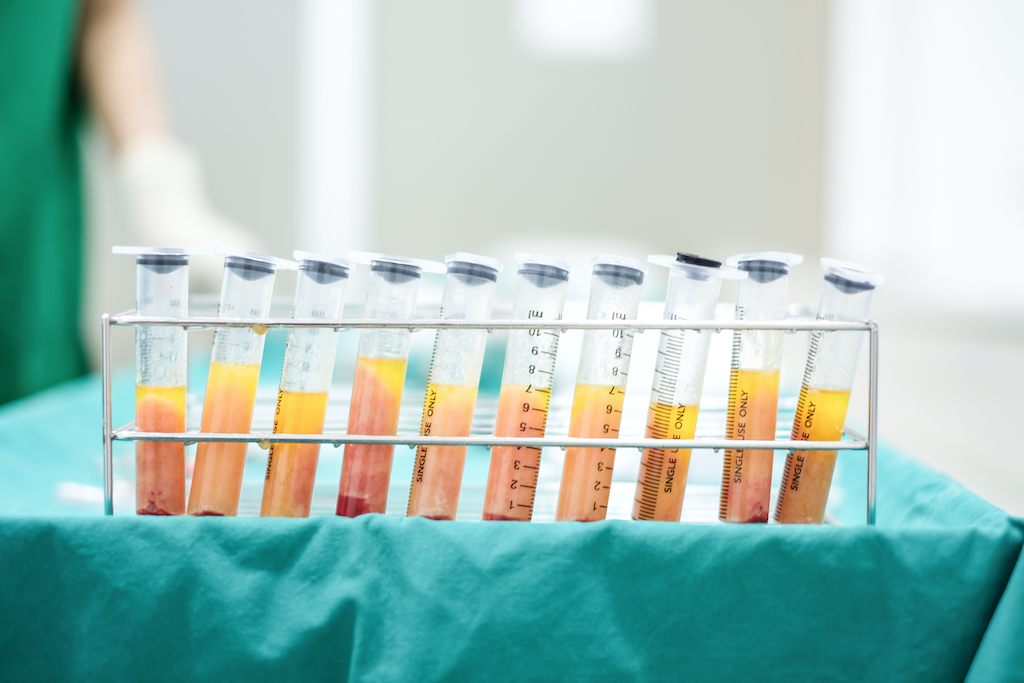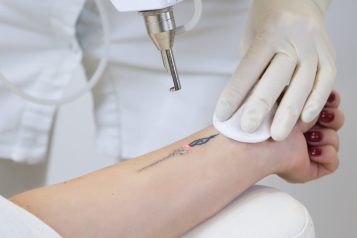Dr. Sachin M. Shridharani is a renowned, Manhattan-based plastic surgeon, board-certified by The American Board of Plastic Surgery and founder of LUXURGERY – the confluence of luxury and aesthetic surgery. Dr. Sachin Shridharani has co-authored over 100 peer-reviewed articles, textbook chapters, and abstracts on the topics of cosmetic and reconstructive surgery in some of the most well-respected medical journals including the Journal of the American Medical Association (JAMA) and Plastic and Reconstructive Surgery. Dr. Shridharani’s innovative research has granted him the privilege of presenting his work at esteemed conferences both nationally and internationally. Haute Beauty sat down with Dr. Sachin Shridharani to learn more about how exactly he performs a fat transfer and produced tailored results.
 Photo Credit: Shutterstock
Photo Credit: Shutterstock
HB: What is your chosen method of fat transfer?
My chosen method of fat transfer depends on the anatomic area on which I am performing the fat transfer. For fat transfer to the buttocks, I typically favor a power-assisted fat transfer. In the case of a non-implant-based fat transfer for breast augmentation, I use a micro-fat grafting technique with a small to a medium-sized cannula to evenly distribute fat into the breast in small aliquots. For a fat transfer to the face, a micro-fat grafting technique is used with a small gauge cannula for fat injection.
HB: Where can fat be harvested and where can it go?
Fat can be harvested from just about any place in the body where there is excess fat to contour. The most frequent locations of harvest are the abdomen, flanks, arms, and inner thighs. Fat is most often injected into the buttocks, breasts, and midface.
HB: Who is a good candidate? Who is not a good candidate?
Whether a patient is a good candidate for a fat transfer or not, depends on the area that is being injected. In no particular order, for buttocks, a good candidate is someone who is looking for a moderate to a substantial increase in size and contour and does not mind the surgical downtime. This person is ideally interested in sculpting several areas of their body to be able to harvest adequate fat. In terms of a breast fat transfer, this would be someone who is interested in a breast augmentation but not with an implant. They would typically want a natural look and feel and want to see a modest improvement. If a patient is looking for more than a one to two cup size increase, they would likely need to consider having more than one fat grafting procedure, typically spaced around six months apart. For the face, the ideal candidate would be someone who is interested in lasting improvement but has a fair amount of facial volume loss. They should also have a stable weight and be likely undergoing other conglomerate face procedures, such as a facelift.
 Photo Credit: Shutterstock
Photo Credit: Shutterstock
An example of a bad candidate would be a smoker due to poor wound healing and oxygenation as this would not allow for the fat to survive. Additionally, for patients who have high BMIs and exceed their ideal weight by several pounds, it is suggested to lose weight before undergoing the procedure. In all, patients with unrealistic expectations, are not considered good candidates for a fat transfer procedure.
HB: What is the procedure like?
The procedure requires small incisions, typically less than 3mm long, in order to remove and/or insert the fat. Typically, the procedure is performed under sedation and general anesthesia, however, under certain circumstances, patients can have this procedure performed under local anesthesia.
HB: What is recovery like?
Recovery is heavily dependent on the number of areas where fat is harvested. Usually, it will entail one to two weeks of downtime. Most patients find that they are fully recovered four to six weeks after the procedure. Immediately after the procedure, there should be no pressure put on the fat. Though fat is exceedingly stubborn to get rid of, it is a fragile tissue, and fat grafts can be damaged in the early stages post-fat grafting. Not all the fat survives, so expectations should be that up to 40% of the fat in an area may absorb. With that said, it is common to overcompensate when injecting fat, so it will generally settle into the desired outcome. And… the fat that remains after the healing process is yours for good!
For more information, visit Dr. Brian A. Levine's social media:

























